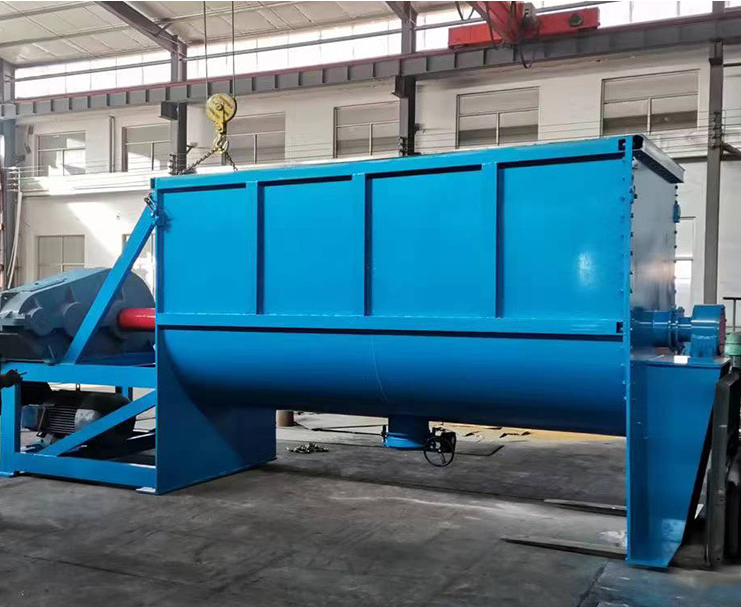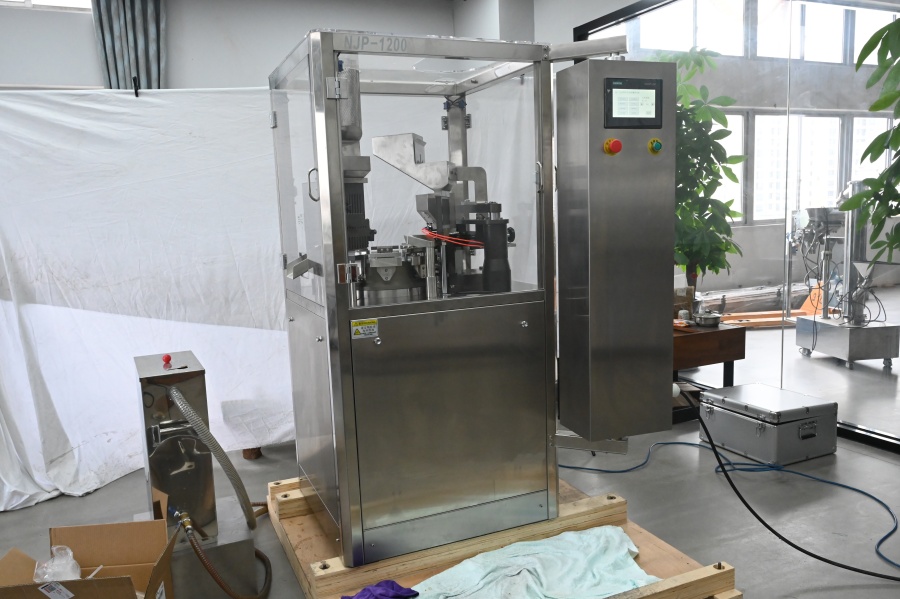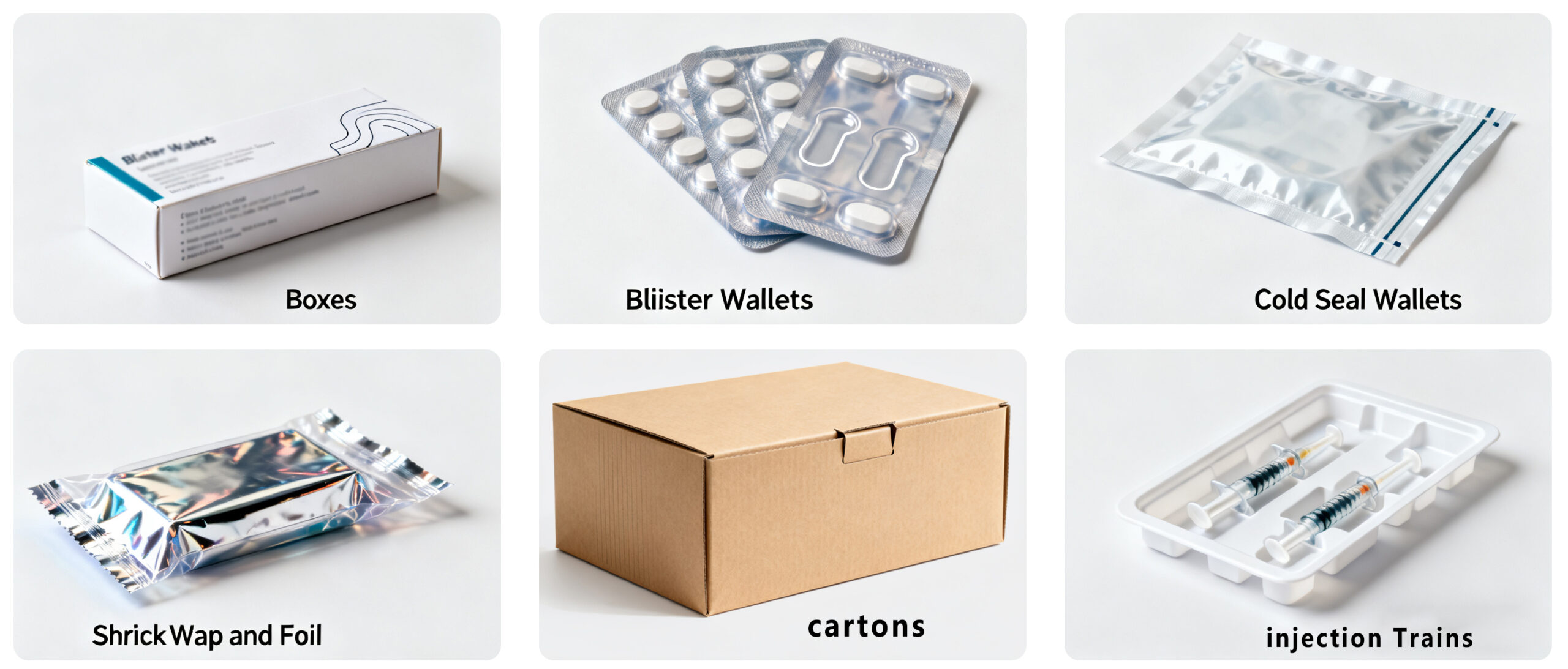The pharmaceutical industry uses many acronyms. These letters can seem confusing at first. But understanding them is important for anyone working with medicines. Let’s break down five key terms: GMP, GDP, FDA, DMF, and CEP.
What is GMP?
GMP stands for Good Manufacturing Practice. Think of it as a set of rules for making medicines safely. These guidelines ensure that drugs are made the right way every time.

GMP covers everything in drug production. This includes clean facilities, trained workers, and proper equipment. It also requires careful record-keeping and quality checks. Companies must follow GMP rules to sell their medicines. These standards protect patients from harmful or ineffective drugs. Without GMP, we couldn’t trust the medicines we take.
What is GDP?
GDP means Good Distribution Practice. While GMP focuses on making medicines, GDP is about moving them safely.

GDP rules cover how medicines travel from factories to pharmacies. This includes proper storage, transportation, and handling. The goal is to keep medicines safe and effective during their journey. Temperature control is a big part of GDP. Some medicines need cold storage. Others must stay dry. GDP ensures these conditions are met throughout the supply chain.
What is FDA?
FDA stands for Food and Drug Administration. It’s a U.S. government agency that protects public health. The FDA has the power to approve or reject new medicines.

Before any drug reaches American patients, the FDA must say it’s safe. They review test data and inspect manufacturing facilities. This process can take many years. The FDA also monitors medicines after approval. If problems arise, they can recall dangerous products. They work to ensure Americans get safe, effective treatments.
What is DMF?
DMF means Drug Master File. It’s like a detailed recipe book for medicine ingredients. Companies submit DMFs to the FDA for review.

A DMF contains secret information about how ingredients are made. This includes manufacturing processes, quality controls, and safety data. The information stays confidential. When a drug company wants to use an ingredient, they reference the DMF. The FDA can review both the drug application and the ingredient file. This system protects trade secrets while ensuring safety.
What is CEP?
CEP stands for Certificate of Suitability. It’s a European document that proves an ingredient meets quality standards.

The European Directorate for the Quality of Medicines issues CEPs. Companies submit detailed information about their ingredients. If approved, they receive a certificate. A CEP works like a passport for pharmaceutical ingredients in Europe. It shows that the ingredient is safe and meets European standards. This makes the drug approval process faster and easier.
Key Differences Explained
Now let’s see how these terms differ: Scope: GMP and GDP are guidelines. FDA is an organization. DMF and CEP are documents. Purpose: GMP ensures good manufacturing. GDP ensures good distribution. FDA regulates the industry. DMF protects ingredient secrets. CEP proves European compliance. Geography: FDA and DMF are American systems. CEP is European. GMP and GDP are used worldwide. Focus: GMP focuses on making medicines. GDP focuses on moving them. FDA focuses on approval and safety. DMF focuses on ingredients. CEP focuses on European standards.
Why These Matter
These systems work together to keep medicines safe. GMP ensures quality production. GDP maintains quality during transport. FDA provides oversight and approval. DMF protects valuable information. CEP streamlines European processes. Understanding these differences helps everyone in the pharmaceutical world. Whether you’re a manufacturer, distributor, or healthcare worker, these concepts affect your daily work. The goal is simple: getting safe, effective medicines to patients who need them. These systems make that possible.





1 thought on “What is GMP, GDP, FDA, DMF, and CEP: Understanding the Key Differences”
Your article helped me a lot, is there any more related content? Thanks!